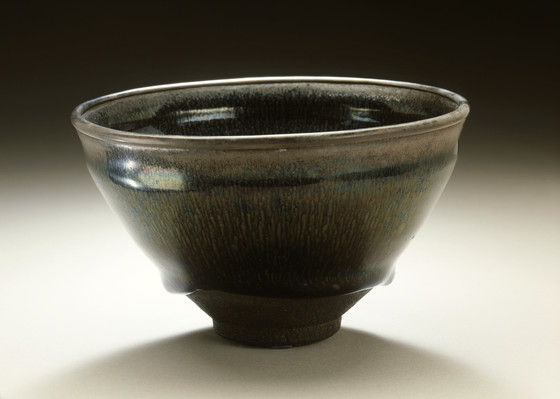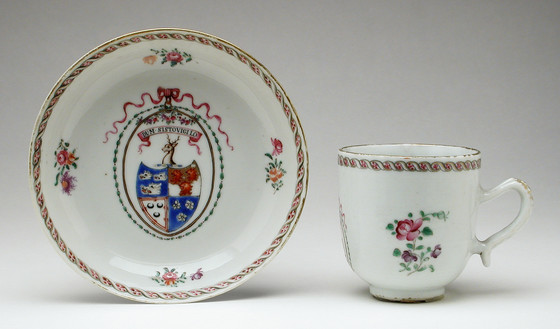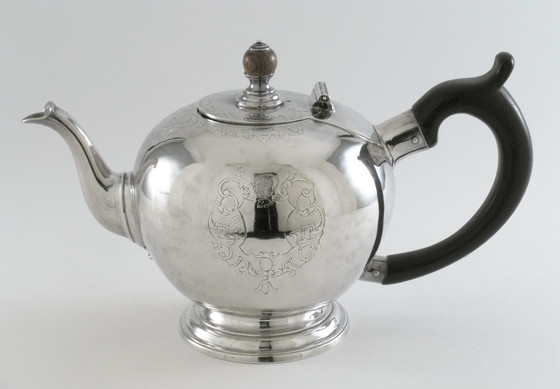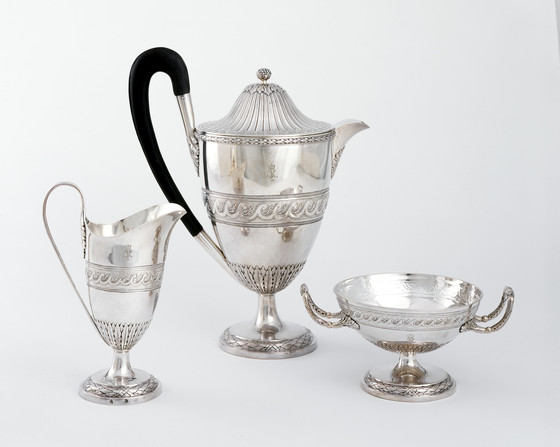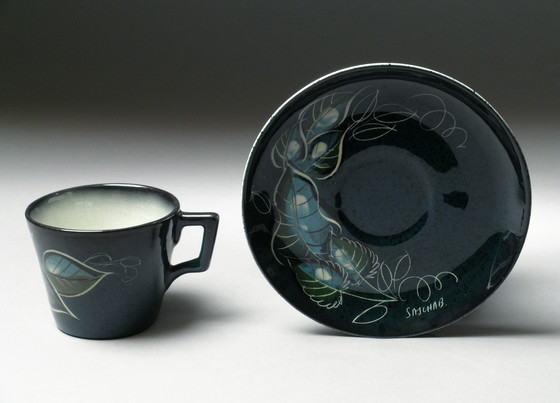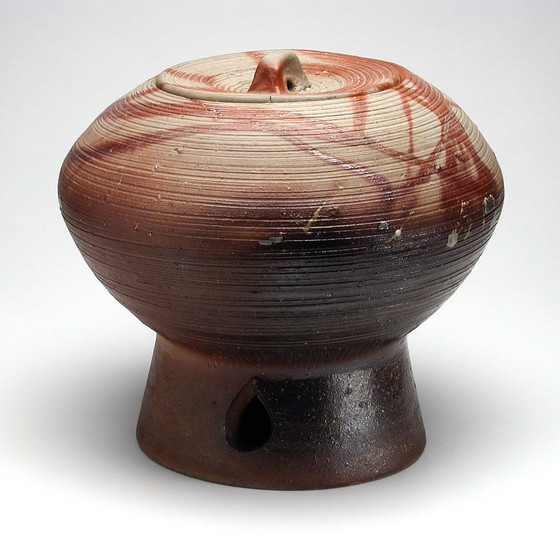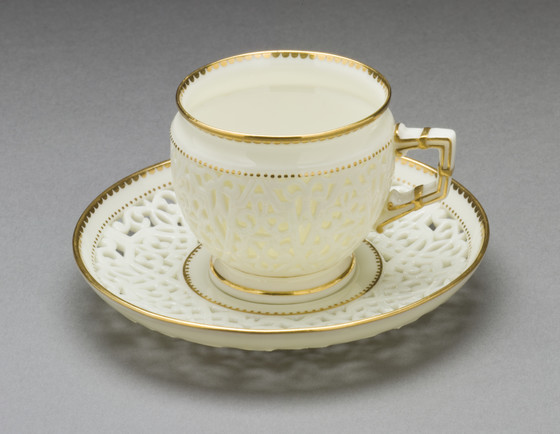“If you are not feeling well, if you have not slept, chocolate will revive you. But you have no chocolate pot! I think of that again and again. How will you manage?” wrote the French writer, the Marquise de Sévigné (1626-1696) to her daughter.
Indeed coffee, tea, and chocolate were initially considered the height of sophistication by the aristocratic elite. Introduced to Europe via trade from the new world and Far East between the 16th and 17th centuries, and later trickling into the American colonies, these heady brews were initially only enjoyed by the few who could afford such luxurious imports.
The potent cocoa drink was long revered by the ancient Maya and the later Aztecs as sacred to the gods. But once imported to Europe the drink’s bitter edge was softened with vanilla, sugar, and cream. Tea, with its ancient Chinese origins, later became the preferred drink of rich and poor alike in western society. The custom of afternoon tea soon became codified in English society and also came to symbolize American independence. Coffeehouses, which dotted major cities on both sides of the Atlantic, provided the backdrop for writers and intellectuals.
To help meet consumer demand artists and craftsman not only created beautiful and functional wares for serving and drinking, but accessories such as kettles or hot water urns, cream pots, sugar bowls, and canisters to preserve tea leaves became essential.
